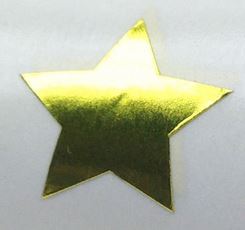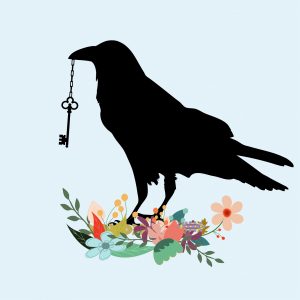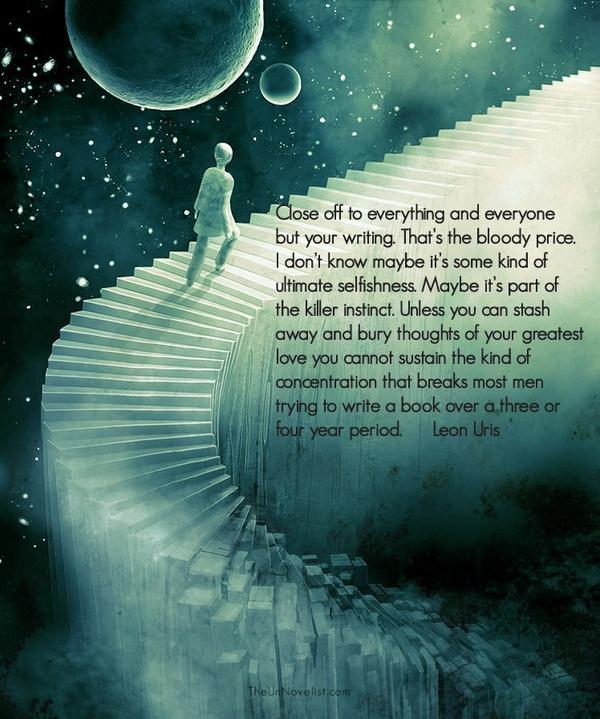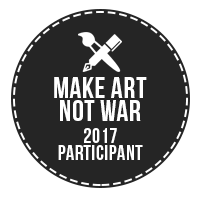
“Heeeeeeeeyyyyyy yoooooooouuuuuuu guuuuuuuuyyyyyyssssss!” to quote Goonies. Greg Tito and Shelly Mazzanoble, two fine and upstanding individuals over at Dungeons & Dragons, invited me to speak on Dragon Talk, the official D&D podcast.
“Shelly Mazzanoble and Greg Tito speak to Monica Valentinelli, a prolific creative writer with heavy involvement in all forms of D&D from adventure writing to running and playing games with new players. In Lore You Should Know – Matt Sernett and Chris Perkins jump into the Yawning Portal.” — SOURCE: Monica Valentinelli on D&D
The article has three different ways you can listen to me babble on excitedly. I hope you find my talk valuable!
D&D-Inspired Creative Prompt
One of the things we talked about in the podcast, was that character motivations help to make adventures stronger. Sure, your players might want a MacGuffin. Why do they want that loot beyond re-selling it or using it to have more power?
Often, a MacGuffin in a D&D adventure translates into a kick-ass piece of loot the party earns after slaying monsters, that is then used by the characters to increase their effectiveness. The conversation about MacGuffins, however, evolves when applied to fiction. “In fiction, a MacGuffin (sometimes McGuffin or maguffin) is a plot device in the form of some goal, desired object, or other motivator that the protagonist pursues, often with little or no narrative explanation. The specific nature of a MacGuffin is typically unimportant to the overall plot,” as defined by Wikipedia.
TVTropes.org has a slightly different (and a little more blunt) definition for MacGuffin: “A plot device which nobody actually uses, and whose nature and identity are basically irrelevant.”
Creative Prompt: Why Would You Use a MacGuffin?
With this in mind, my creative prompt today is a step-by-step process to examine the MacGuffin and put it to good use in an adventure or a story. *rim crash*.
(1) In 300 words or less, create a unique MacGuffin that has an interesting history.
(2) Figure out ten reasons why someone (or some thing) would want to use that MacGuffin. Don’t be afraid to think creatively about this; avoid the obvious!
(3) Identify the location of the MacGuffin and decide if that loot is protected.
For Dungeon Masters:
(4) Tie each reason from Step 2 to a character in the adventuring party or an NPC. Consider using NPCs from factions as well, to flesh out monsters, townsfolk, and other types of antagonists.
(5) Determine who (or what) could be affected by using the MacGuffin. This can be a list tying back to your NPC motivations, but it can also be towns filled with innocents, etc. This serves to ground you, as the DM, to understand the cost of using the MacGuffin for better or for ill.
(6) Write a one-paragraph summary of an adventure based on using that MacGuffin. Think “big picture”. This is what your adventure will be about; it also means that finding the MacGuffin should happen early on, and using the MacGuffin causes interesting problems the party will have to resolve.
(7) Now, break up that adventure into an outline of sessions and scenes–as many as it takes. This’ll give you the foundation for a campaign, but will also tie motivations together for your party, their allies, and their rivals to give it a little oomph.
(8) Play!
For authors:
(4) Assign motivations to use the MacGuffin for three characters: a hero, a sidekick/love interest, and a villain. Use the goals that are the most at odds with each other, to increase conflict.
(5) Steps 5-8 are all about brainstorming! Write down a list of obstacles preventing your characters from using the MacGuffin, and ways they might overcome them or fail. For example, say the MacGuffin is a magical item, but your hero doesn’t/can’t perform magic. As another, the MacGuffin could only be used by the descendant of its original owner; that character is either the villain or they’ve already passed on. What creative solutions can you figure out to resolve those issues and get your characters using the MacGuffin in your story?
(6) What happens when the MacGuffin is used? Who stands to be helped by it? Hurt?
(7) What needs to happen in order to “turn off” the MacGuffin’s power?
(8) What do the characters involved stand to lose/gain by the loss of the MacGuffin? (Like Step 6, this is another way of helping you determine the stakes for your story.)
(9) Write a one-to-two paragraph summary of your plot. Don’t forget to figure out a few possible endings ahead of time! These will probably come out of brainstorming for Step 7.
(10) Cue… Writing to form! (e.g. short story or flash fiction)
If using a MacGuffin doesn’t sound interesting to you as a plot device, you can always figure out what else you’d want to do with it. You could destroy or create a powerful object that has evolved from its MacGuffin-esque roots, instead. Keep in mind that destroying, creating, designing, and piecing together objects also run the risk of turning them into MacGuffins if your characters either don’t use them, or you don’t have a reason for doing so for your plot. In other words: it shouldn’t simply be an object everybody’s after. Even in Lord of the Rings, Frodo’s goal might be to destroy the One Ring to save the world, but he does use it for different reasons and that creates problems for him. Though your opinions might vary on this, to me the One Ring is a fantastic example of a MacGuffin-turned-plot device because it a) is unique, b) is used by Sauron (past), Isildur (past), Frodo, Bilbo, and Gollum, and c) matters to the overall story. Arguably, I could take that a step further and say that the One Ring is its own character, too, since it represents the will of Sauron–but that’s a nerdtastic discussion for another day.
Happy writing!
- Mood: Critical hit! Heh, heh.
Caffeinated Beverages Consumed: Four… Five? Cups of coffee. Hey, it’s cold.
Work-Out Minutes Logged Yesterday: Vacuuming counts. Right?
In My Ears: The heater, because it is freakishly cold.
Game Last Played: Dragon Age: Inquisition
Book Last Read: Research materials for work.
Movie/TV Show Last Viewed: Star Wars: Return of the Jedi
Latest Artistic Project: Make Art Not War 2017 Challenge and Rules
Latest Releases: Read my end-of-the-year list of releases for an overview of what I’ve put out for 2016. Check out Upside Down: Inverted Tropes in Storytelling and, if you like it, consider leaving a review.
Current State of Projects: Read my latest project update.

 To keep track of my challenge efforts, right now I’m using a super simple system to ensure I’m sticking (Hah! Hah!) with this. I picked up some gold star stickers, and for every day I fulfill the challenge I add one to that date on my calendar. The cost is less than $5 for stickers like these, and you can find them at Michael’s, Amazon.com, Staples, Oriental Trading Company, etc. If you can’t pick up stickers (or don’t want to use them), drawing stars or smiley faces in a bright (e.g. non-black) color works just as well. The result? You’ll keep adding stars, hearts, etc. and have a visual, clear picture of the days you’ve made art so far. Awesome, right? So far, so good for me!
To keep track of my challenge efforts, right now I’m using a super simple system to ensure I’m sticking (Hah! Hah!) with this. I picked up some gold star stickers, and for every day I fulfill the challenge I add one to that date on my calendar. The cost is less than $5 for stickers like these, and you can find them at Michael’s, Amazon.com, Staples, Oriental Trading Company, etc. If you can’t pick up stickers (or don’t want to use them), drawing stars or smiley faces in a bright (e.g. non-black) color works just as well. The result? You’ll keep adding stars, hearts, etc. and have a visual, clear picture of the days you’ve made art so far. Awesome, right? So far, so good for me!

